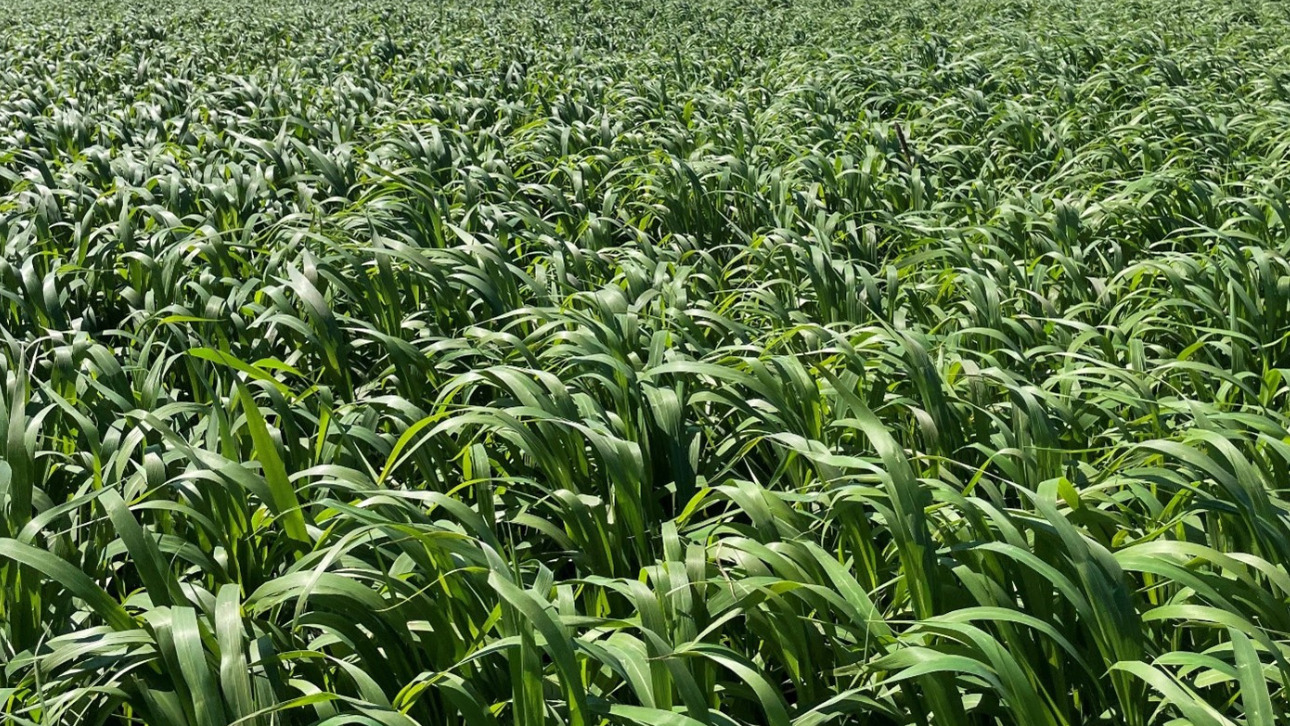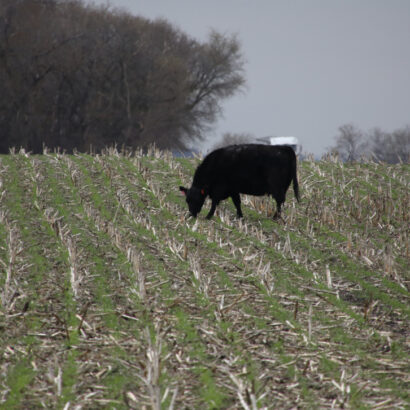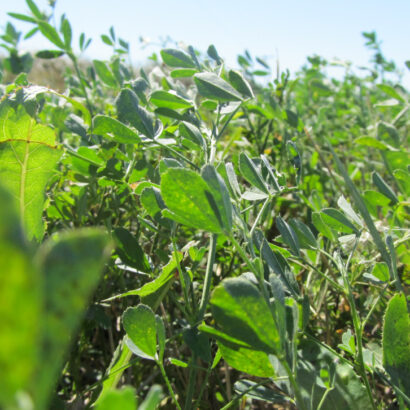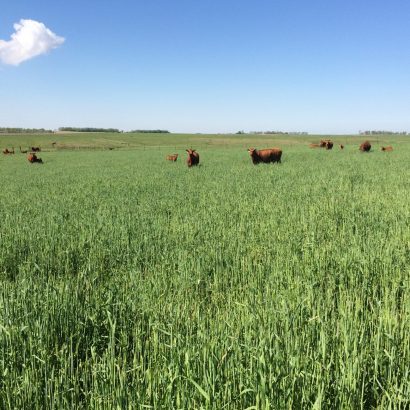As the weather warms up across the Midwest, the opportunity to plant warm season annuals quickly approaches. One of the more popular warm season forages that gets planted is millet. There are several different varieties of millet that you can plant to provide specific advantages to your operation – let’s explore the options:
German & White Wonder Millet: Both German and White Wonder millet are a foxtail type hay millet. The only difference between the two is that German millet produces a red seedhead, whereas White Wonder millet produces a white seedhead. A few more facts about German and White Wonder Millet include:
- Both fine-stemmed, leafy hay millets
- Will cure easily and produce very palatable livestock feed
- Will be ready to cut for hay in as little as 60 days
- Work great in a double cropping scenario where time is limited for a second crop
- Drought hardy
- Will grow rapidly in the hot summer conditions
Japanese Millet: Japanese millet is a go-to warm season forage for hay production or grazing. Due to its excellent regrowth persistence, it works very well in a multi-cutting hay system or grazing system as long as ample forage is left between rotations. Additionally, Japanese millet:
- Has a slightly coarser stem than other hay millets but will cure for hay easily
- Will have forage quality similar to other hay millets
- Will take approximately 70 days to mature but can be ready to cut for hay at 50 days or less
- High tolerance to flooding – can tolerate standing water
- Higher tolerance to saline soils compared to other hay millets
Pearl Millet: Pearl millet is commonly used for grazing but can also be used in a hay and silage production system. Pearl Millet:
- Is desirable as a forage due to its high leaf to stem ratio
- High yield potential
- Can grow to be 6 foot tall at maturity which makes it more comparable to sorghum-sudangrass than other hay millets
- Better designed for chopping due to having a thicker stalk which would take longer to dry down for hay
- Will regrow following harvest – ideal for a multi-cutting system
- Drought hardy
- Grows well in light, sandy soils.
Siberian Millet: Siberian millet is a foxtail hay millet. Siberian millet:
- The shortest variety of millet on the market
- Fastest maturing hay millet and will reach maturity approximately a week earlier than German and White Wonder millet
- Works very well in dry conditions
- Grows well in northern climates where there is a shorter growing season
There are several different varieties of millet on the market that can produce quality livestock feed for your operation. Each of these varieties have different advantages and disadvantages that they can provide. Reach out to Team Millborn to discuss all of our millet options as well as all of our other warm-season forages!




Discussion
0 Comments